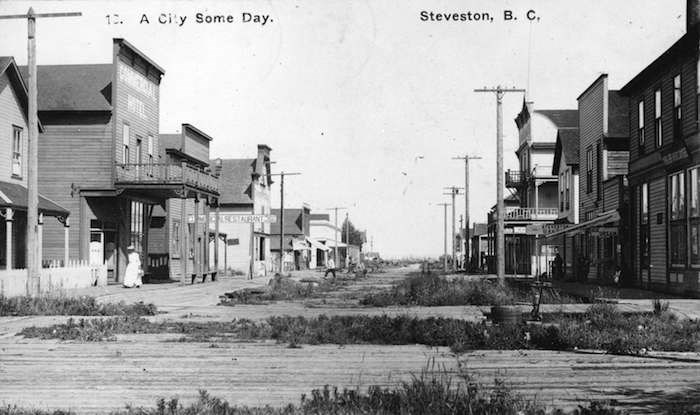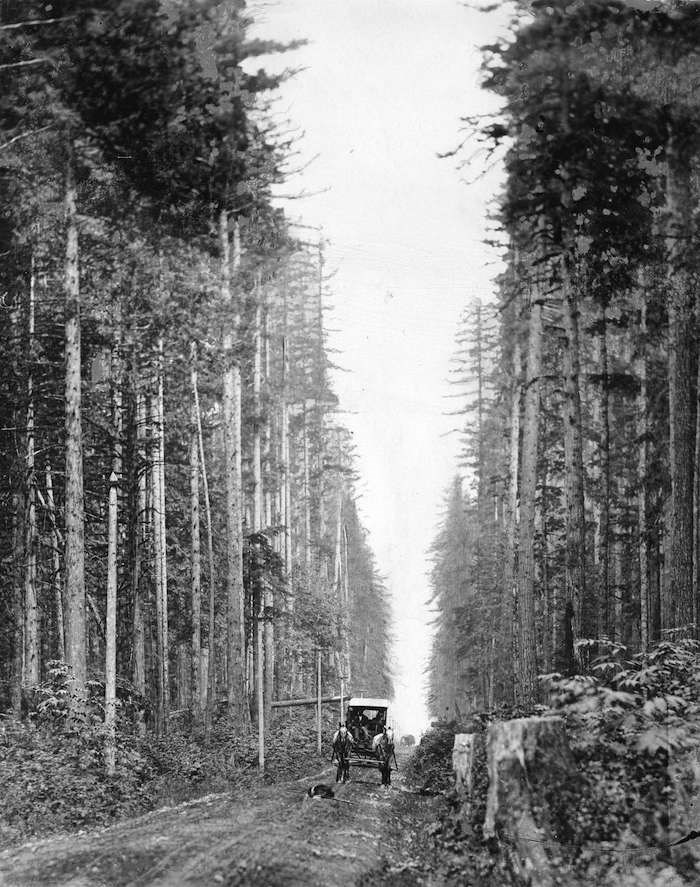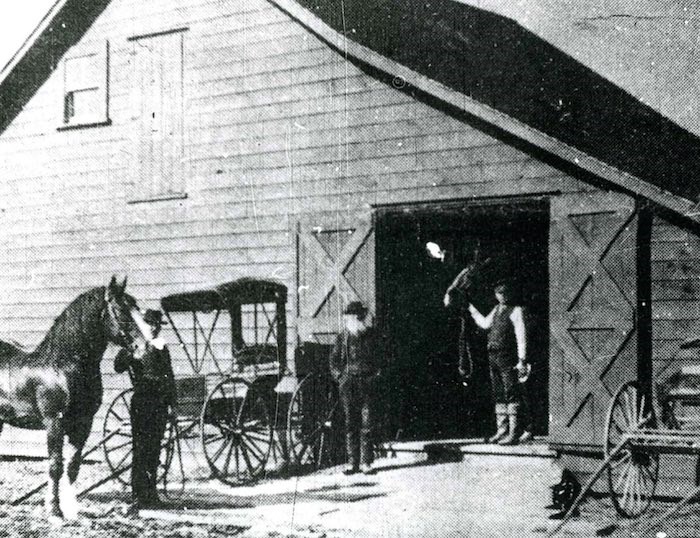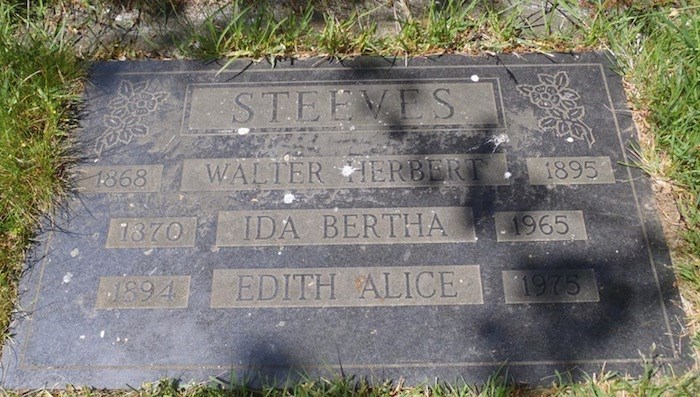The waterfront enclave on the southern side of Richmond is a great spot for fish and chips, boardwalk strolling, or spotting a little bit of "Hollywood North" in action. Steveston is one of Richmond's oldest communities, and is named for its founder, whose still have deep ties to the area.
was founded as a municipality on November 10, 1879. Lulu Island, as it was generally known, was settled by European farmers in the 1860s, following in the footsteps of the Coast Salish who fished and harvested berries on the land.
 Steveston, 1908 (Â鶹´«Ă˝Ół»Archives)
Steveston, 1908 (Â鶹´«Ă˝Ół»Archives)
Fishing was a tremendous draw to Richmond, and it was Steveston that became a hub for the industry, including for many Japanese fishermen and their families. The was built there in 1894, and was the largest facility of its kind in the region.
Though the Coast Salish are thought to have had an enclave in the south of Richmond in what we know now as Steveston, it was Manoah Steves and his son, William, who gave the townsite their name.
Manoah Steves arrived to Lulu Island from New Brunswick, by way of Baltimore, Maryland in 1877 to set up a homestead. William joined his father with the family in 1878. The young Steves had a great deal of vision for the area, plotting out the town of "Steves" and planning for the area to be a vibrant seaport.
Diving headlong into multiple business ventures, Steves named the town Steveston in 1889, and even launched its first newspaper. Steveston was being touted as being so significantly on the rise, it would ultimately count Â鶹´«Ă˝Ół»among its suburbs.
Steves sister, Ida, wound up marrying a man named Walter "Billy" Steeves. Yes, that's right, Ida Steves became Ida Steeves in marriage, and of course, both she and Billy's last names appear as both versions in various materials. Were they related? It's possible, as Manoah Steves was actually born Manoah Steeves, and Billy's family were also Steeves from New Brunswick. And there are . According to the , Ida and Billy were cousins (of some sort).
 Photograph shows North Arm Road (Granville Street) looking north and a horse-drawn Royal Mail coach circa 1895 (Â鶹´«Ă˝Ół»Archives)
Photograph shows North Arm Road (Granville Street) looking north and a horse-drawn Royal Mail coach circa 1895 (Â鶹´«Ă˝Ół»Archives)
Among the many things Billy Steeves did was to drive a stagecoach between Richmond and Vancouver. It wasn't the drive we know it as today. Granville Street, then called North Arm Road, was basically a dirt roadway through deeply forested terrain, and it was a long, bumpy ride between the growing municipalities.
"When Billy Steves first threaded his famous stage coach through the tall timbers from Steveston to Vancouver, the trip took a full day," wrote the British Columbia Electric Railway Company Ltd.'s Buzzer publication in 1958.
On December 23, 1895, a massive windstorm wreaked havoc in the area, and multiple trees fell on the North Arm Road. At what is now present-day 37th Avenue, one tree fell directly across the drivers seat of a stagecoach carrying a handful of passengers. None of the passengers was hurt, but the tree fatally crushed the driver: Billy Steeves. He was 27 years old.
Several people who were near or at the scene of the deadly accident that day spoke to Vancouver's archivist, Major J.S. Matthews, in 1940. Those transcripts are viewable online, and give further insight into the incident.
 Photograph of a half-tone image of John D. O’Neil, Walter “Billy” Steves and Manoah Steves with horses and carts standing outside The Palace Livery Stage and Sale Stables (City of Richmond Archives)
Photograph of a half-tone image of John D. O’Neil, Walter “Billy” Steves and Manoah Steves with horses and carts standing outside The Palace Livery Stage and Sale Stables (City of Richmond Archives)
Former fellow stage driver William Knight Mellis, who was the second rig on the road behind Steeves, told Matthews these details:
“The stage was an ordinary express wagon, two horses. A low, not a high, driver’s seat in front, and backing on to it, on the same level, another seat; the passengers on that seat faced the rear. Then there were three more seats on the stage, and, at the back, a drop board; they tied such things as a trunk, or anything else. The stage had a canopy supported on iron rods, and side flaps of tarpaulin material for use in bad weather. And, on the top of the canopy, all around, was a low iron railing so that trunks would not fall off. There were about nine passengers, mostly Japanese.”
Mellis speculates that because there was a gravel pit at the summit of the road at 37th, the digging had undermined the tree that crushed Steeves.
Billy left behind two children he had with Ida, including one he never met; Edith Alice was just one year old when her father died, and Ida was expecting their son, Walter, who was born in March 1896. Walter Steeves died in action in World War I in March 1917, while Edith died in 1975. Ida Steeves' Craftsman-style home at 4431 Steveston Highway, which was built in 1915, is .

Walter "Billy" Steeves, Ida, and Edith, are all buried together at Mountain View Cemetery in Vancouver.
Further reading:


